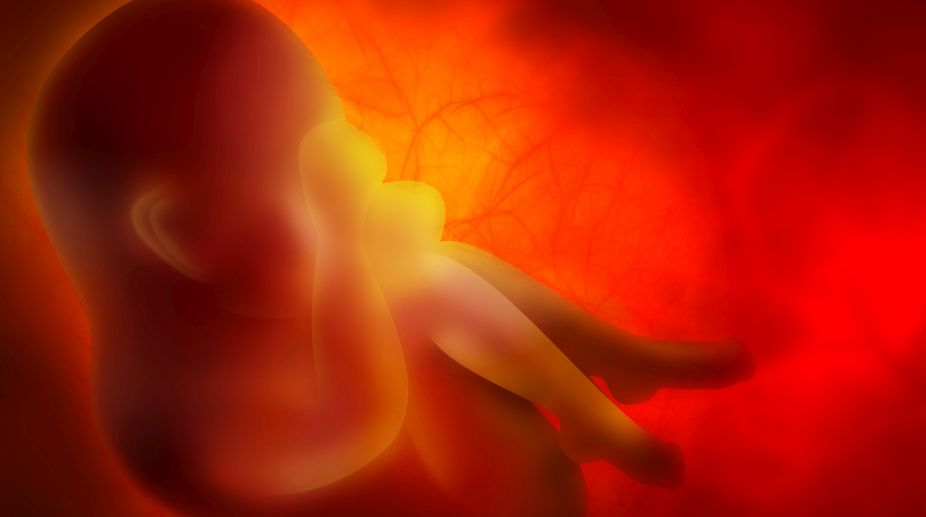Jharkhand unveils ambitious plans for education, science and innovation
The Jharkhand government has unveiled ambitious projects aimed at propelling the state into a new era of education, science, and innovation.

Representational photo (Photo Credits: Getty Images)
The Zika virus disrupts oxygen supply to a pregnant woman’s placenta, leading to impairment in foetal development and also increases the newborn’s susceptibility to additional infections, scientists have found. A Zika virus outbreak in Brazil in 2015 had led to widespread concern after rising incidents of microcephaly were noticed in children born to mothers infected with the virus.
The findings showed that Zika virus induces high levels of inflammation in the blood vessels of the uterus and damages placental villi, the branch-like growths that help transfer oxygen and nutrients from maternal blood to the fetus.
Advertisement
This damage may disrupt oxygen transport to the foetus, which can restrict its growth and lead to stillbirth, among other conditions.
Advertisement
“The role of a placenta is to protect and provide nutrition to a growing baby for optimum health,” said Antonio Frias, an obstetrician, and gynecologist at Oregon Health and Science University.
“It’s concerning how much damage the Zika virus can do to a placenta,” Frias added.
In a study, published in the journal Nature Communications, the team described how Zika virus infection in five pregnant rhesus monkeys caused placental tissues to become thickened and inflamed.
As a result, the researchers saw less oxygen being transported across the placenta and to the baby.
Decreased oxygen levels in a placenta can impair foetal development and ultimately the health of a baby after it is born.
The researchers used a non-invasive, in vivo MRI technique to evaluate oxygen levels inside the placenta and oxygen flow between mother and baby.
They found that in monkeys that were infected with Zika early in their pregnancies, the rate of oxygen transport through the placenta decreased about 10-fold.
The researchers also determined that the Zika virus can readily pass from mother to baby and remain in the baby long-term, leading to a chronic infection in the uterus.
Zika virus disease is caused by a virus transmitted primarily by the Aedes mosquito.
While the virus is widely known for a recent outbreak that caused children to be born with microencephaly — a birth defect where a baby’s head is smaller than expected, and other malformations, scientists have struggled to explain how the virus affects a baby as it grows in the womb.
In May 2016, World Health Organization stated that Zika virus infection during pregnancy is a cause of congenital brain abnormalities, including microcephaly and that Zika virus is a trigger of Guillain-Barre syndrome — a rare disorder where the immune system attacks the nerves.
As of July 2016, Brazil had reported the highest number of microcephaly and/or central nervous system (CNS) malformation cases potentially associated with Zika virus infection in the world, with 1,709 such cases, according to data.
According to the US Centers for Disease Control and Prevention (CDC), out of the 250 pregnant women who had confirmed Zika infection in 2016, 24 – or about 1 in 10 of them – had a foetus or baby with Zika-related birth defects.
Zika infection during pregnancy can cause serious damage to the brain and microcephaly in developing foetuses. It also can lead to congenital Zika syndrome in babies, a pattern of birth defects that includes brain abnormalities, vision problems, hearing loss, and problems moving limbs.
Babies may also appear healthy at birth but have underlying brain defects or other Zika-related health problems.
By better understanding how both mother and child become infected with and affected by the Zika virus, researchers can determine how to prevent its infection and disease.
Advertisement